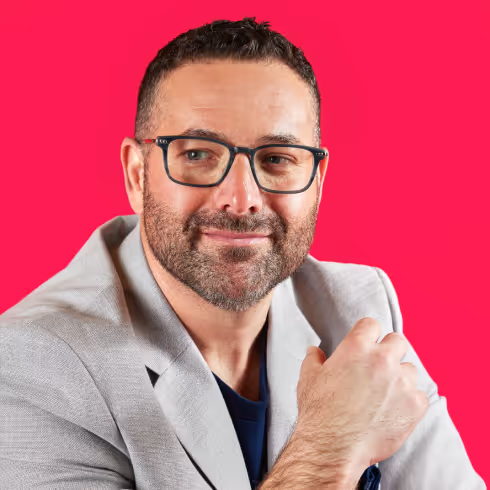Lessons on leadership: Tammy Soares and the art of human-centric innovation


Strong leadership is paramount for success, and we’re thrilled to have Tammy Soares on board as Launch by NTT DATA’s new President. Tammy brings 25 years of experience in digital transformation and design-led thinking earned from her previous roles as Chief Revenue Officer at Soul Machines, President of Accenture's West Market Unit, and President and CEO of Rosetta.
Of course, no official welcome to Launch by NTT DATA would be complete without interviewing her on Catalyst! This week, Tammy joins Clinton to share her excitement about joining the team and to impart some critical lessons on leadership. Check out the highlights below, then dive into the full episode to learn more about leadership principles, challenges in digital transformation, the impact of AI, and the need for a customer-centric and innovative organizational culture.
Hands-on guidance
With a long history of helping organizations navigate the impact of technology on their business, Tammy knows exactly what it takes to work directly with customers and clients to solve problems. Her leadership style centers around understanding human behavior, identifying problems, and using technology as an enabler to create mutually beneficial solutions.
Clients don’t need a yes man
Placating clients doesn’t help them – what they really need is to be guided towards effective solutions. They need an ally and a challenger, not someone who will give into every whim and request. This can be a fine line to walk, though. Doing it successfully, while also building trust and credibility, involves being open to clients’ ideas, asking questions to understand their goals, challenging them respectfully, and creating space for testing various ideas.
Empowering next-gen leaders
The leaders of tomorrow are being shaped today, so it’s important to give them what they need to succeed. This can be accomplished both with and without formal authority. Encourage proactive participation and involvement in decision making, and create design-led, inclusive, accommodating spaces for diverse voices to be heard without fear or judgment.
Problem solving and client partnership
Tammy says taking a partnership approach with clients is a must. The best results come when the client and service provider work together to uncover and address challenges. That way, the provider better understands the client's business problems and can align solutions with actual user needs. When combined with thorough research, prototype testing, and client and user feedback, partnerships can lead to highly effective problem solving.
Human-centric AI integration
While automation and the cost-cutting benefits of AI are a major draw for many businesses, Tammy points out that there’s another slice of potential: bringing a human touch to digital interactions. AI can complement human skills, address challenges in filling roles, and deliver capabilities that align with changing workforce preferences.
As always, don’t forget to subscribe to Catalyst wherever you get your podcasts. We release a new episode every Tuesday, and each one is jam-packed with expert advice and actionable insights to create digital experiences that move millions.




